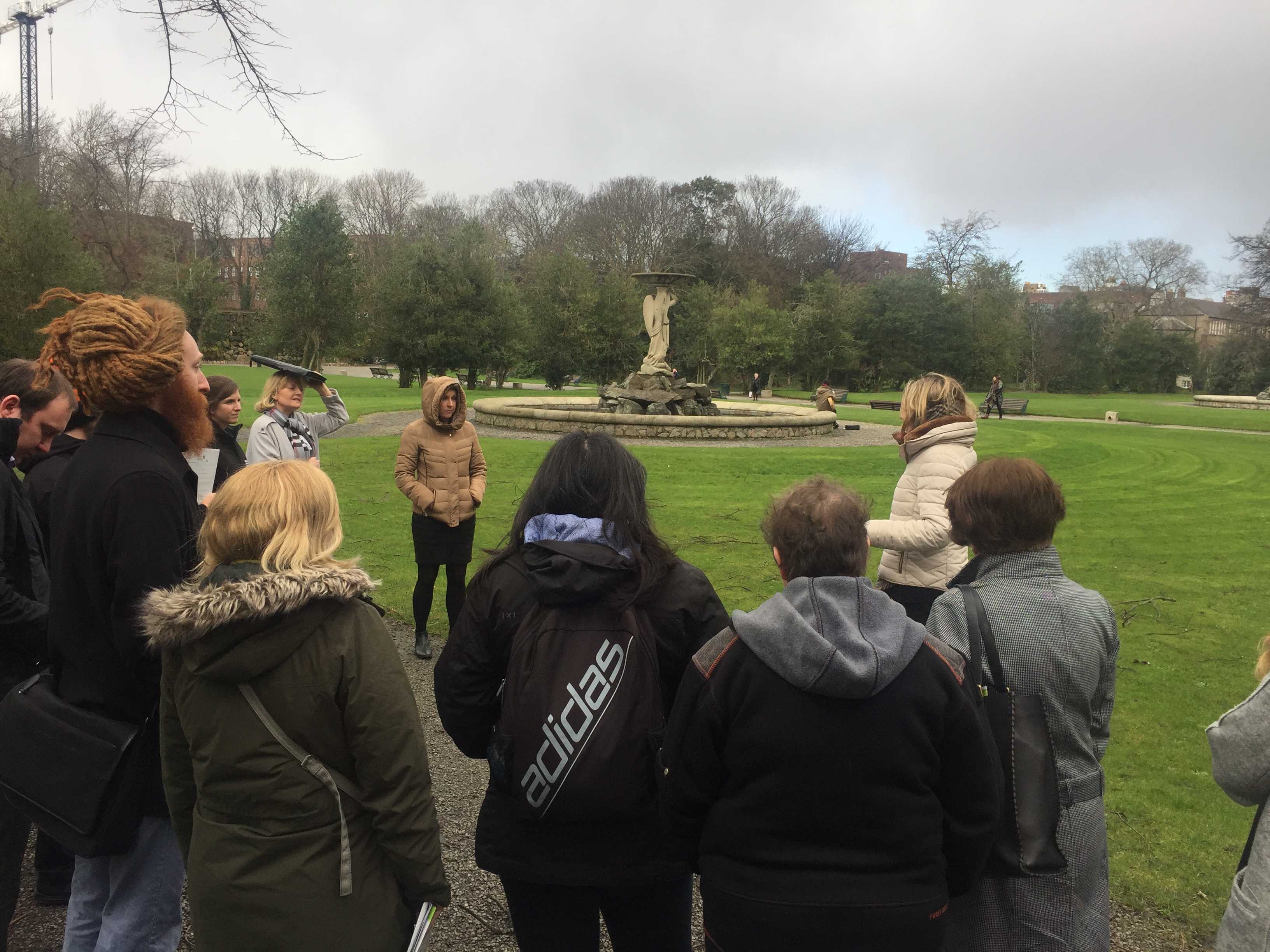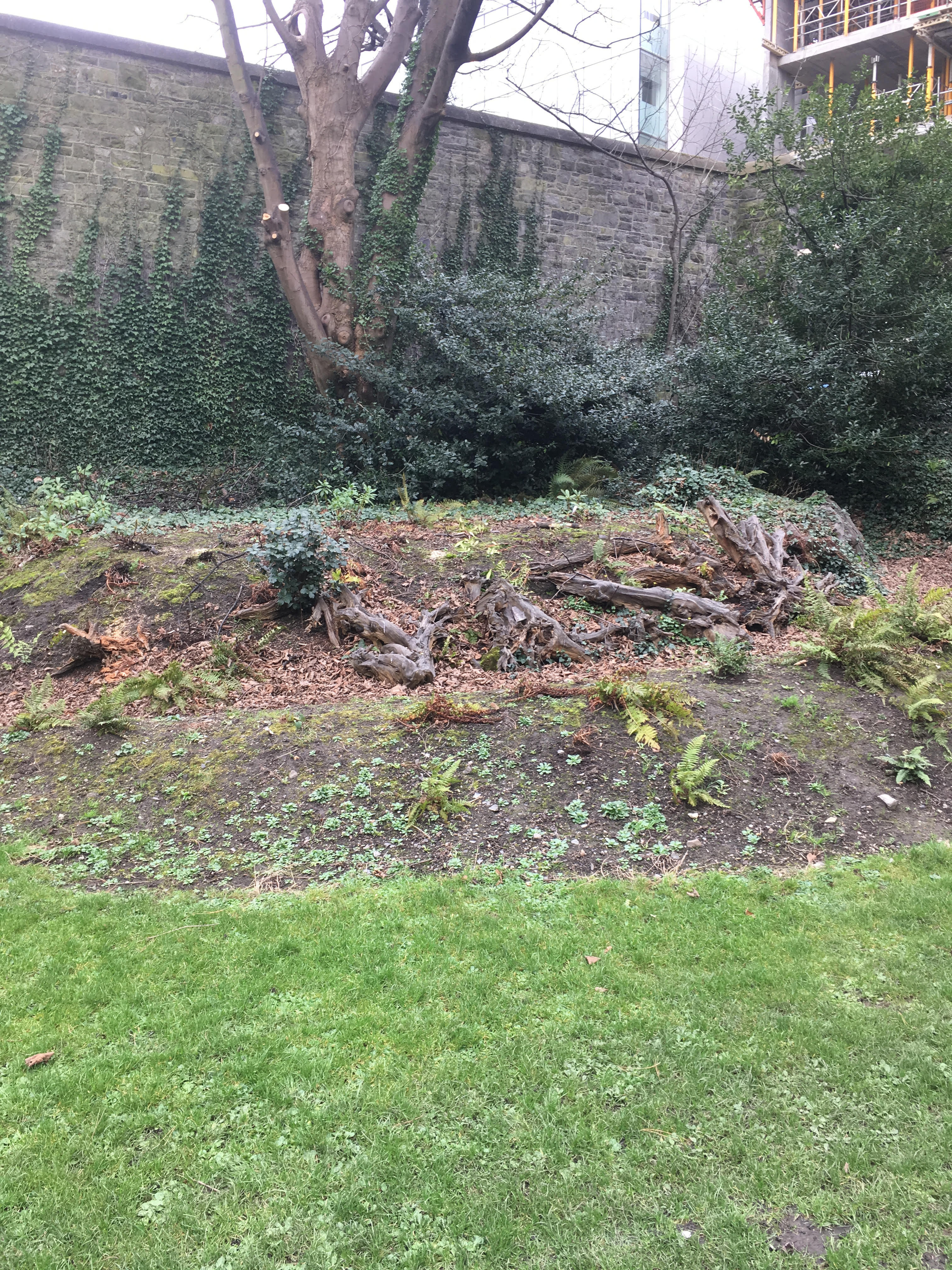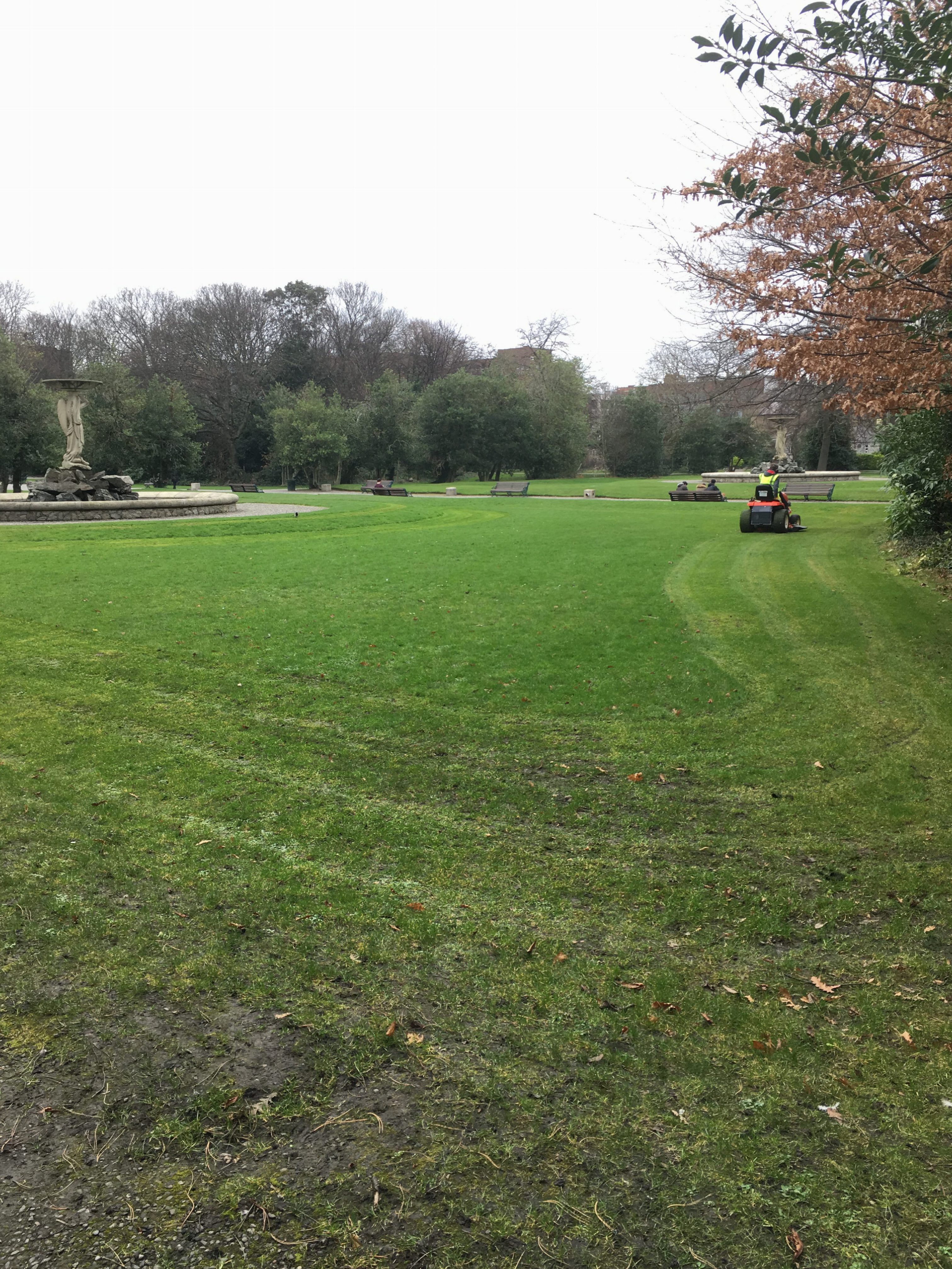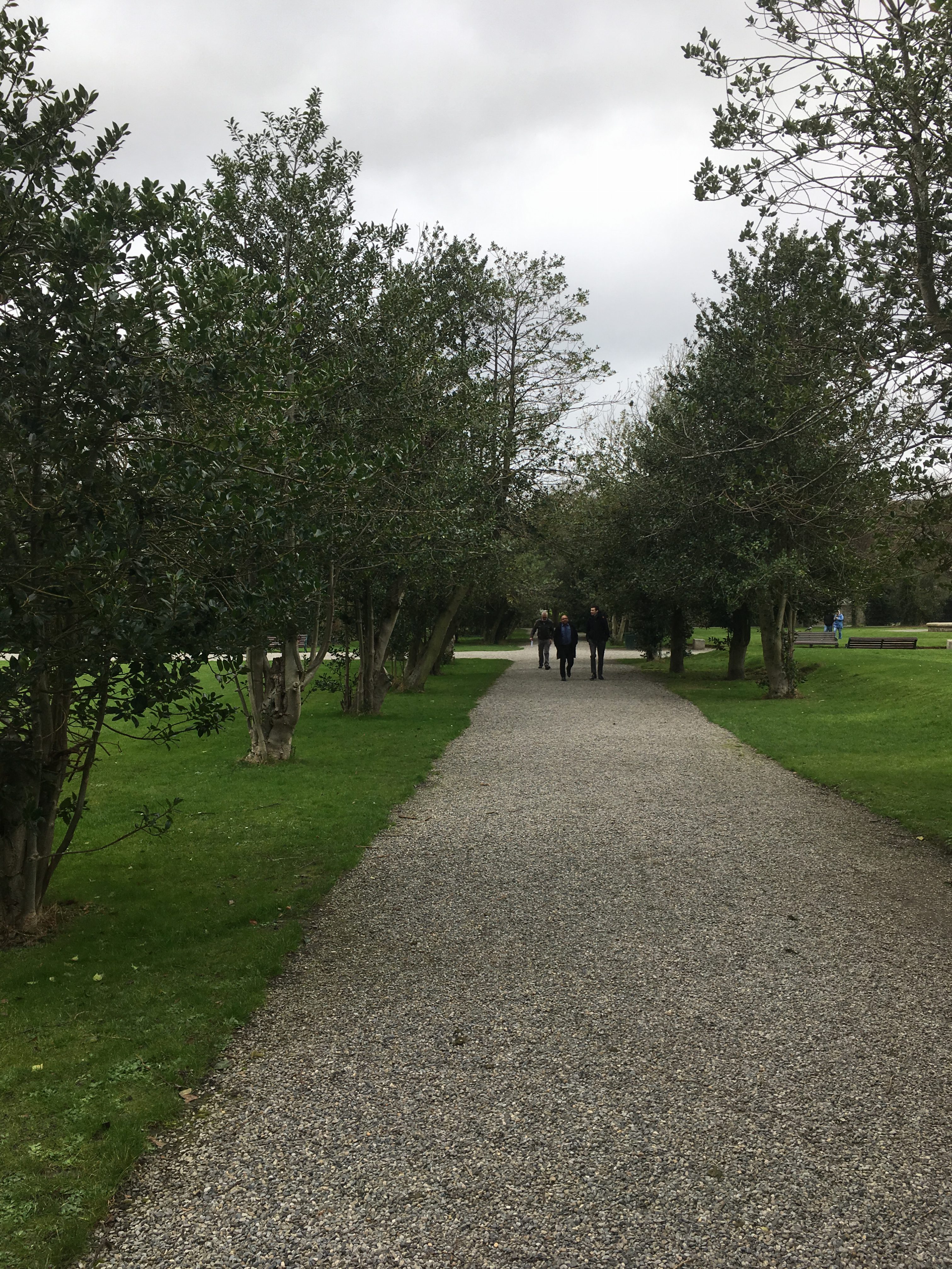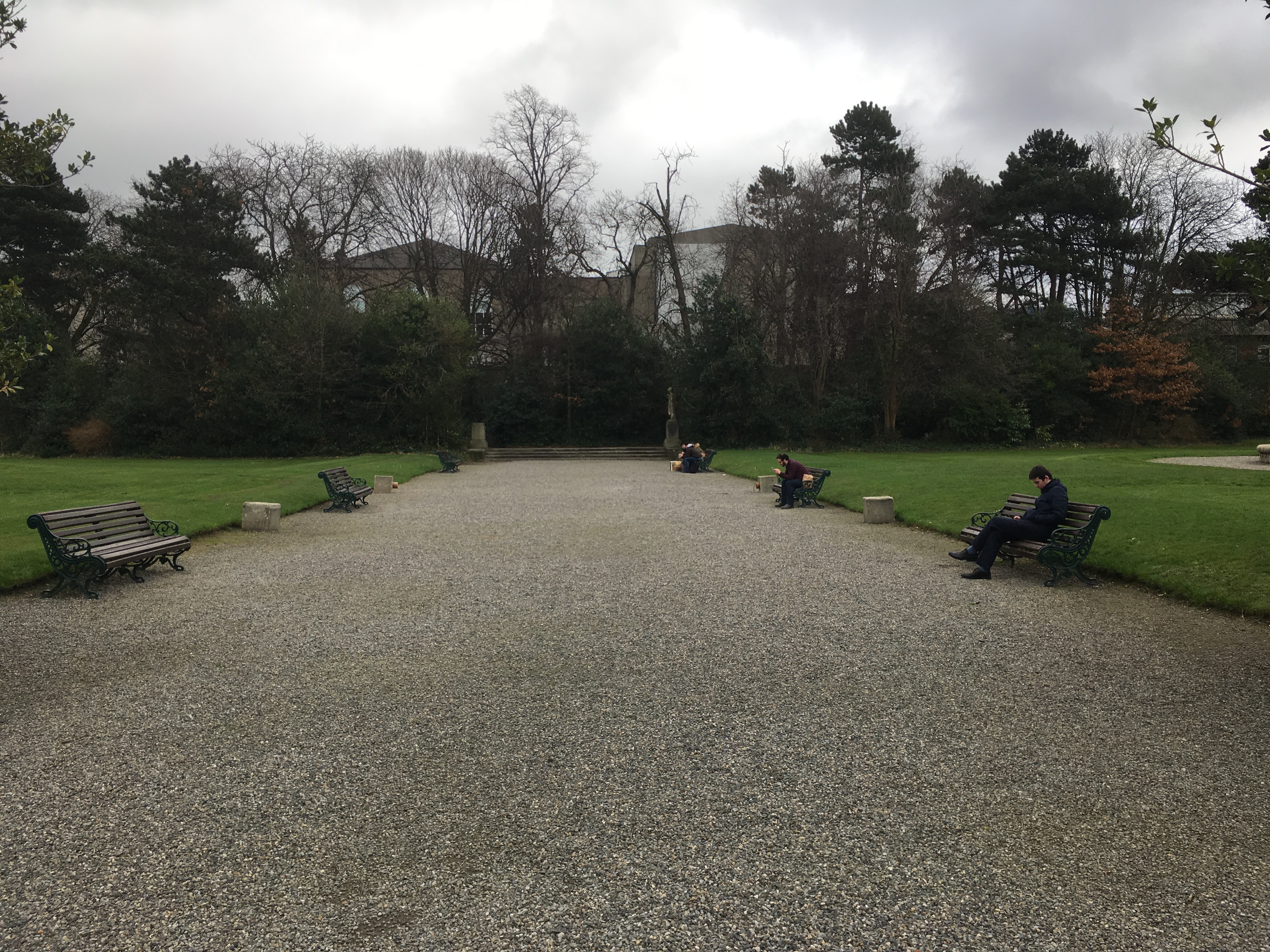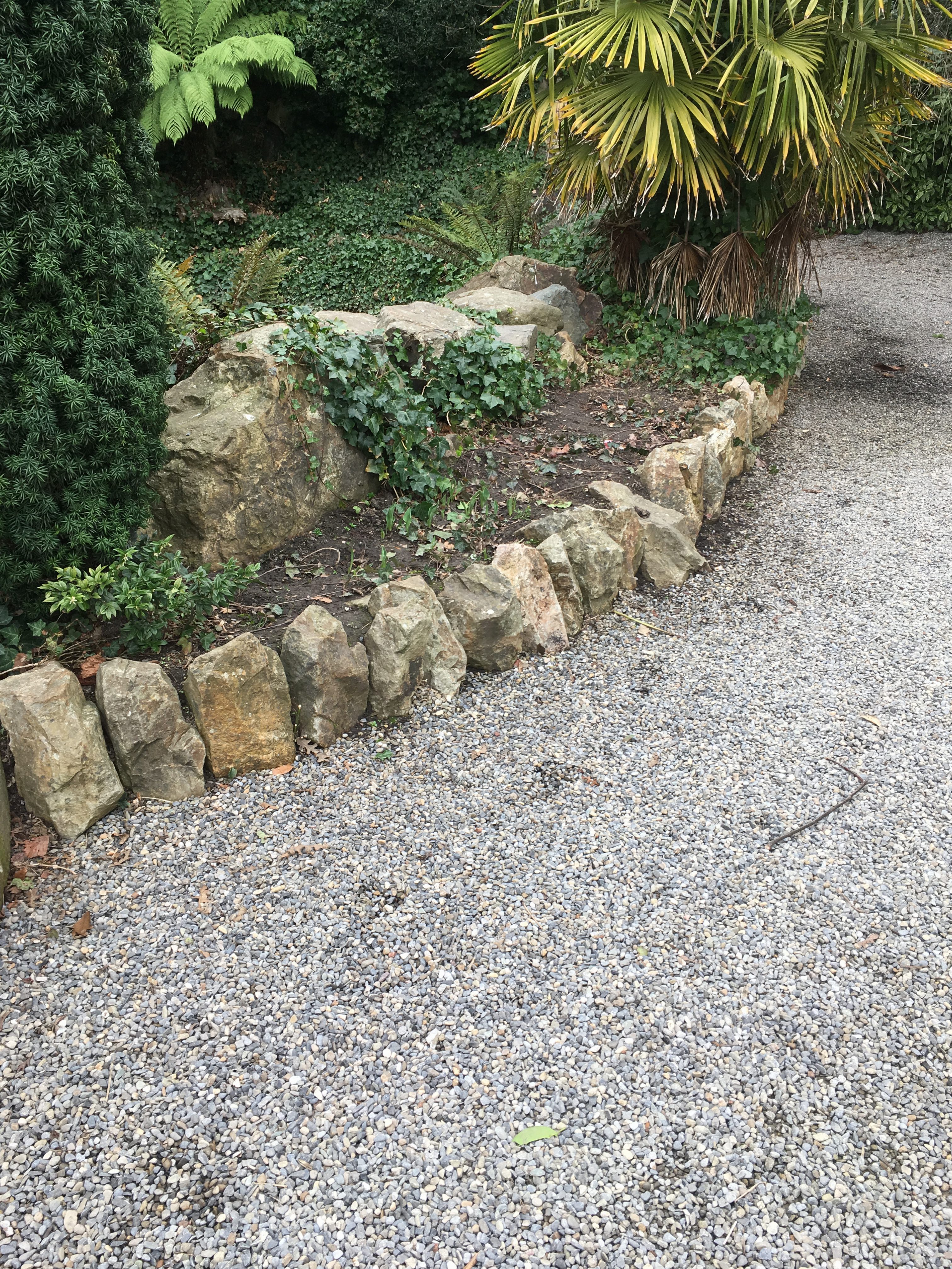What can you do to help bees?
Everybody loves green spaces, but they’re not necessarily great for wildlife! Bees in particular are in need of a helping hand. Did you know that a Queen Bee emerging from hibernation in early Spring can get through 6,000 flowers per day? Finding food at this time of year is a major challenge for hungry pollinators: many green spaces – in our communities, our gardens and our workplaces – can be low on flowers. But we can help.
Here are our top five tips:
1) Homes for Solitary Bees
This bank of bare soil might not look like much, but if it’s facing south, it could be a perfect home for a solitary bee. They nest on their own (hence the name) in cavities in the ground, not in hives like honeybees or in colonies like bumble bees. What’s more, they don’t like to travel very far – so if you are considering building a mud pile for them, be sure to plant some bee-appropriate flowers nearby for them to feed on (to find out which are best, see the Pollinator-Friendly Planting Guide at the bottom of this article).
2) Change the way you manage grass
This is probably the easiest action to take – instead of mowing the grass every week throughout the growing season, leave it to grow for six weeks instead, then have it cut and the cuttings removed. Doing so allows wildflowers like clover and dandelions to bloom – both very important food sources for pollinators. Alternatively, you can recreate a hay meadow by leaving areas of grass to grow wild and only cutting twice per year – once in March, and again in September.
3) Choose flowering trees and hedgerow shrubs
If you’re planting trees or hedges on-site, choose species that flower early in the Spring and late into the Autumn to provide vital food sources for pollinators when alternative options are scarce. Natives like willow, whitethorn and blackthorn come into flower around March and April, while ivy comes into flower later in the year, usually around October. Both are important eating-opportunities for bees.
4) People like flowers too!
Make the most of outdoor spaces that people frequent – for instance, areas where you sit and enjoy lunch, near building entrances or carparks – by planting beautiful, colourful bulbs and wild flowers that benefit both bees and people. Again, for suggestions on which species to choose, check out the Pollinator-Friendly Planting Guide at the bottom of this article.
5) Cut back on herbicides and pesticides
Sometimes, the easiest way of getting rid of weeds or tidying the edges of car parks can be to spray them with a herbicide like glyphosate. On agricultural lands, pesticides are often used too to deter insects that damage crops. These chemicals impact pollinators both directly and indirectly – making them ill, but also removing the feeding and nesting habitats they need to survive. By either stopping or promoting the responsible use of herbicides (such as doing it early in the morning or later in the evening before the bees emerge, and not doing it in the wind), we can minimise the damage.
- All-Ireland Pollinator Plan’s Business Guidelines
- Technical Appendix
- Pollinator-Friendly Planting Guide
